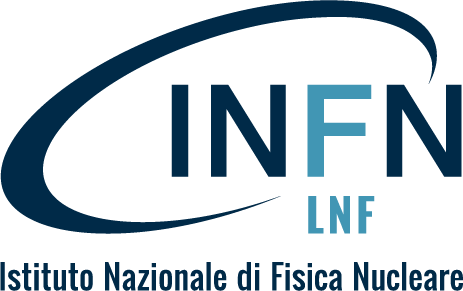After a brief review of the status of neutrino oscillation physics I discuss some phenomenological implications of neutrino mass in astroparticle setups as well as at the LHC and in cosmological missions.
Read More »Tag Archives: Evento scientifico
Supersymmetry Breaking and Born-Infeld Actions
We review the partial breaking of N=2 rigid Supersymmetry and present new results for mass generation in the SuperHiggs phase. Special Geometry,underlying the dynamics of vector multiplets and the symplectic Structure of electric-magnetic duality play an important role in this context
Read More »Workshop on New Trends in Algebraic Quantum Field Theory
The New Trends in Algebraic Quantum Field Theory (AQFT2015) will be held in Frascati. INFN – LNF on 11 -13 February 2015. The workshop is the third in a series aimed at intensifying the exchange and the collaboration between Italian and international research groups active in the context of rigorous approaches to quantum field theory, with particular regard to the interfaces with the theory of operator algebras and non-commutative geometry. The purpose of the workshop, and the series, is also to provide graduate students and post-docs the opportunity to communicate their findings and discuss with experienced researchers. The workshop is an activity that fits within the convention between the INFN and the Centre for Mathematics and Theoretical Physics (CMTP), University of Rome Tor Vergata, and is also financed by the PRIN 2010 “Operator Algebras, Noncommutative Geometry and Applications” (P.I. Roberto Longo), and by the INdAM-GNAMPA. Invited speakers: R. Brunetti, D. Buchholz, C. Dappiaggi, S. Doplicher, C. Fewster, F. Fidaleo, K. Fredenhagen, S. Hollands, G. Lechner, N.Pinamonti, A. Pizzo, K.H. Rehren, Y. Tanimoto Organizing Committee: G. Morsella, G. Ruzzi
Read More »Secrets of the Higgs Boson
In two and a half years since the discovery of the Higgs boson, many particle physicists have gone the whole route from skepticism about the existence of this particle to contentment with its Standard-Model-like properties. In reality, we have hardly begun to explore the secrets of the Higgs boson. In this lecture, I will discuss open questions about the Higgs boson and the prospects that we can find the answers.
Read More »Topical Workshop: Rethinking Naturalness
Aim of the workshop: We are all aware that the so-longed discovery of some kind of physics beyond the standard model that could be responsible for stabilizing the electroweak scale has so far escaped all experimental efforts (LHC Run 1, B-factories, EDM searches, etc.). As we know, the expectation that new physics should show up around the electroweak scale has been mainly motivated by naturalness arguments. Therefore, while all our community is eagerly awaiting the results of LHC Run 2, we believe that an unbiased scientific attitude should also reconsider issues related to the naturalness paradigm. During this 3-day workshop, we plan to have only three or four talks each day, and plenty of time to discuss and reanalyze jointly issues like: the naturalness paradigm, its predictivity, its survival chances, possible alternatives and time scales for crucial tests. Confirmed Speakers: Alberto Casas (IFT-UAM/CSIC, Madrid) André de Gouvêa (Northwestern U., USA) Jose Ramon Espinosa (IFAE & ICREA, Barcelona) Manfred Lindner (Heidelberg, Max Planck Institute) Duccio Pappadopulo (California U., Berkeley, USA) Martti Raidal (Tartu U. & NICPB, Tallinn) Francesco Sannino (Danish IAS, U. Southern Denmark) Mikhail Shaposhnikov (ITPP, Lausanne) Alessandro Strumia (Pisa U. & NICPB, Tallinn)
Read More » INFN-LNF Laboratori Nazionali di Frascati
INFN-LNF Laboratori Nazionali di Frascati